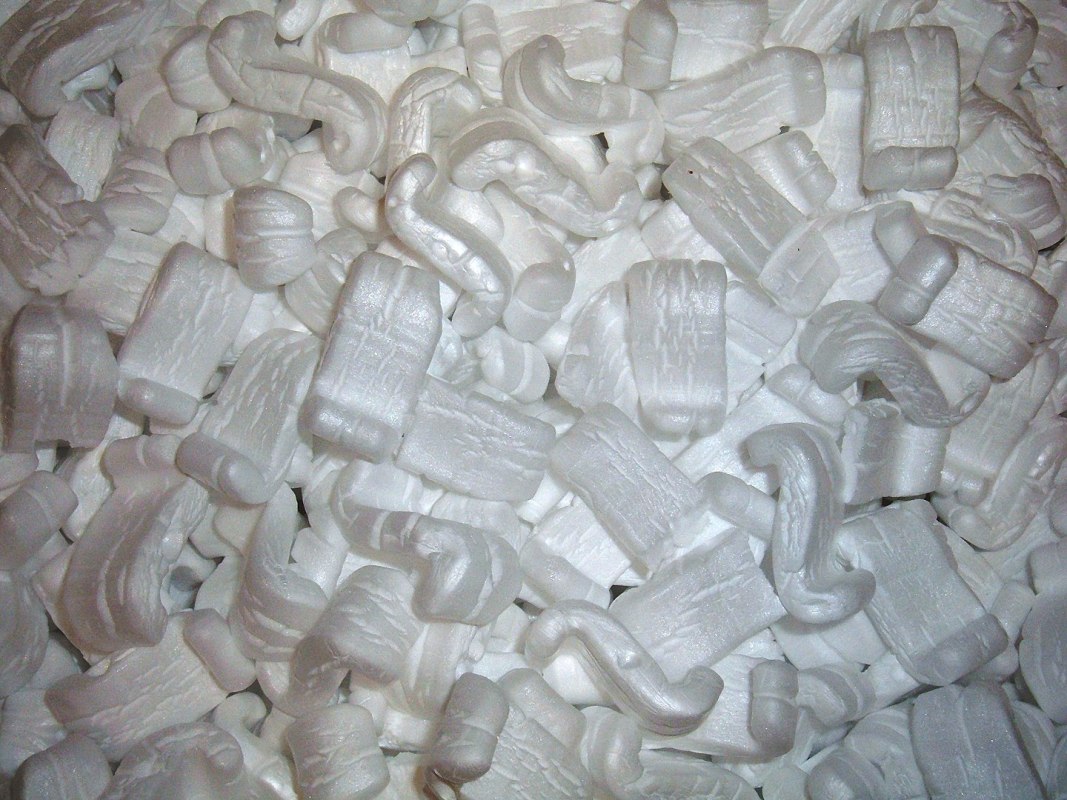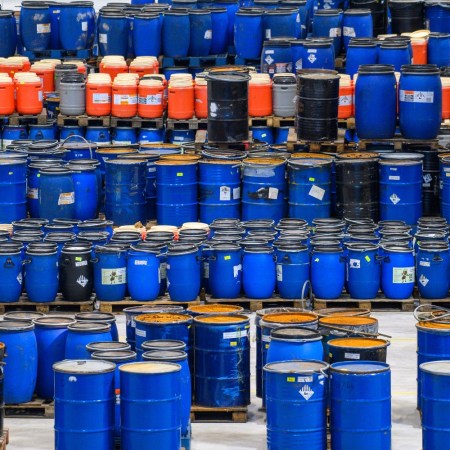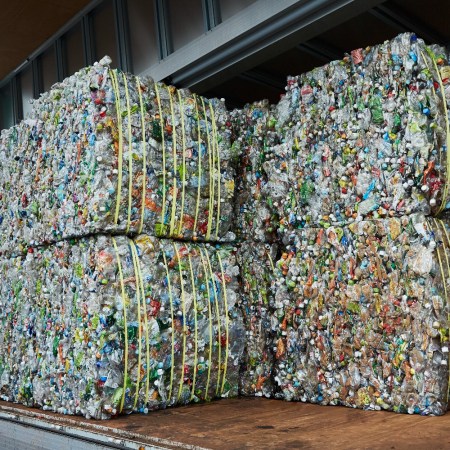Depending on how old you are, you might well remember a time when Styrofoam seemed ubiquitous. The substance was used in a range of objects, including shipping supplies, drinking cups, takeout containers and packaging materials. In 2022, it’s a lot harder to come by — due in part to states like New York enacting bans of the material.
There’s a simple reason for this: as a 2018 JSTOR Daily article points out, Styrofoam is toxic to many species in the wild and doesn’t biodegrade — which makes for an alarming combination. But now, as per a Washington Post report, scientists have found something that is perfectly fine with consuming Styrofoam — a breakthrough that might have an impact on the larger waste disposal industry.
As Pranshu Verma notes at the Post, a recent study by a group of Australian scientists revealed that darkling beetle larvae are capable of eating nothing but Styrofoam.
That in and of itself is an intriguing finding, to be sure. But Verma writes that the scientists aren’t just looking to use massive quantities of worms to dispose of Styrofoam waste; instead, they’re looking to learn more about the enzyme that helps the worms break Styrofoam down to see if that can be replicated on its own.
If so, it might be a solution to one decades-old problem — with substantial applications for waste disposal all over the world.
Thanks for reading InsideHook. Sign up for our daily newsletter and be in the know.


















